Teaching Empathy with the Equation of a Line
I am currently working with Laurie Fraser, Character Program Director at Upper Canada College.
I came to her with the goal of doing a better job of teaching Character and being intentional about actually planning it into my lessons.
We realized how incredibly useful, informative and clear a “line” can be in sharing information. I shared with Laurie that the equation of a line can easily be determined with 2 pieces of information:
- The starting point (y intercept)
- The steepness of the line (slope)
She immediately thought of Jessica Hagy, an artist and writer best known for her Webby award-winning blog, Indexed (www.thisisindexed.com). Her work has been described as “deceptively simple” and “undeniably brilliant” – Just like the equation of a line! Here are some examples of her work below.
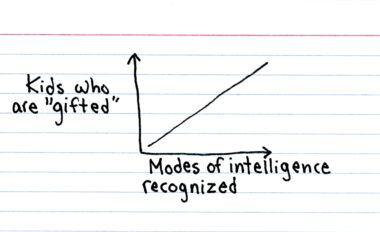
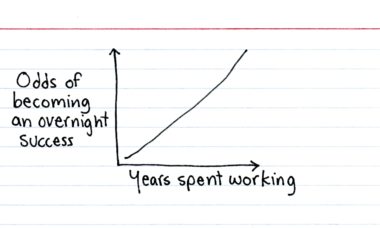
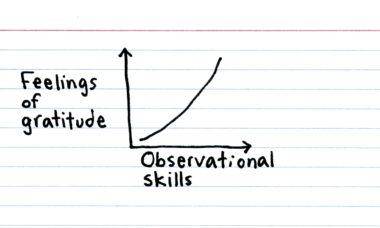
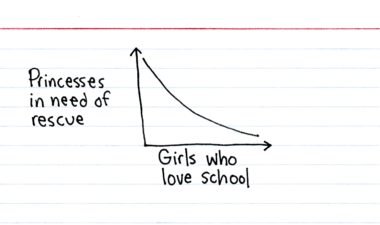
Here is our outline for the lesson so far:
Lesson 1: Define Empathy
Show video (link below)
Play empathy game (blindfolded building block game)
Make a class definition of empathy
Lesson 2:
Connection video (http://gratituderevealed.com/portfolio/connection/)
Create a list of questions for the designing process – what kinds of question will help you understand “other” and create empathy. “How to pierce the veil” to find understanding and meaning. Have students create a list of words that stand out to them as they watch the video.
Lesson 3: Values Discovery
Values list (find your top 10 from a list of 100) (Values List)
Blank tournament bracket (Elite 8 ) of activities that will help the students determine their most valued “practices”. To get the students to align their favourite behavior with their beliefs.
Share top few results as a class
Reflect- how does this help us build perspective and appreciation for each other? How might this help us understand our impact on others? Our relationships with others?
Lesson 4: Design Thinking Lesson
Teaching them to use design thinking by using the following template:
(http://dschool.stanford.edu/wp-content/uploads/2012/02/Participant-Worksheet.pdf)
Lesson 5: Creation of the line Drawing for your partner using Design Thinking.
They will refer to the “gift” they created for their partner as the information in creating their equation of a line. Introduce them to the work of Jessica Hagy (as mentioned above) as the precursor to the concept of what they are creating for their partner.
Once they have a final version of the function (line) that describes something about them, we will start discussing from a mathematical perspective what a line is and how it might impact or change their “personal function”. Teaching them that there are only 2 factors, once the 2 axes are set, that influence the difference between one line and another; starting point and steepness.
This is our plan thus far, anyone have anything to add?
I will post a follow-up/reflection once we start teaching, wish us luck!
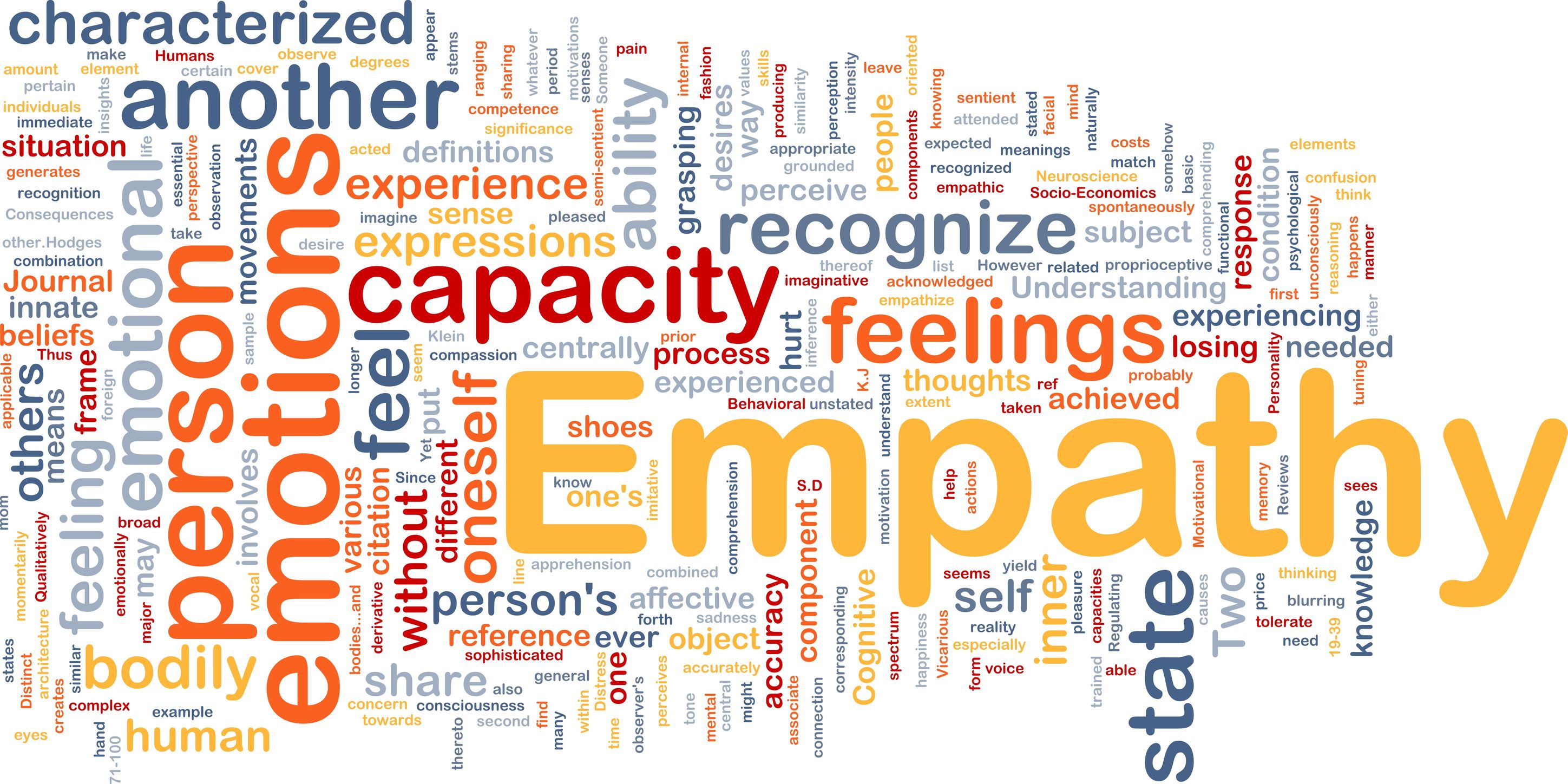
Hi @amacrae,
Thanks for sharing these plans! Teaching “character” can seem so nebulous sometimes, and you have built a framework to make it concrete. Also, I had not seen Indexed before – love it!
You might recognize the d.school template that you’re using – it was the basis of how we built the design thinking experience for C21!
This is borderline shameless self promotion, but if you’re looking for other resources to introduce empathy to the students, you might be interested in the Future Design School app. We just launched it today! The Intro to Design Thinking course on the app includes lesson plans and videos on empathy that might be useful to you. It’s free to download on the iTunes store for iPad: https://itunes.apple.com/ca/app/future-design-school/id1192752246?mt=8
I’d be interested to hear how students react to this series of activities and look forward to following your project as it grows!
I really struggled on how to use design thinking – so I am really excited to take a stab at it in the classroom! Will report back.
ps – shameless promotion is the best!
Wow, a blog but Ms. Macrae, how fortunate to come across this.
I am a former Math teacher myself and I love this! I am looking up Jessica Hagy now. I willkeep reading with keen interest!
Thanks for reading!
This is amazing Allison. You have been so thoughtful in your plan. As an Ashoka school, we have been talking a lot about empathy and changemaking and we are working on a developing a scope and sequence of what that might look in JK through Grade 6. (We are also excited to use the blocks/empathy toy!) I can’t wait to hear about your progress. Amazing work!
I love this for many reasons. Your context for the unit is beautiful, and unexpected. I think many people will be surprised that math can teach us about human relationships, but I think your ideas are solid. I have discussed recently with my students why math is such a powerful subject in terms of understanding social equality. When we realize that “x” and “y” are symbolic placeholders, and that all the possible objects we are representing are in essence equally relevant numbers, any kind of number becomes … equally valuable. Students dislike fractions, irrationals, and other “ugly” numbers and I constantly am reminding them not to discriminate based on looks. It gets a lot of laughs, but holds some truth.
I look forward to hearing how this unit is received by your students!
I agree! The simplest function can represent the most important ideas. Thanks for your enthusiasm!
Hey Allison,
I love the way you are intentionally trying to build empathy into the classroom. Often, as teachers we often talk about character in the classroom and in co-curriculars, but often times, if it is not built in intentionally, then those elements can be missed or not be addressed as well as intended. I know I often times struggle with the balance of covering curriculum expectations, while at the same time addressing life skills such as character.
I have yet to implement a structured design think into my class. I have planned on doing it on two occasions, but backed out on the last minute because of my own insecurities about the process. So I commend you in taking risks. I hope to be able to do this after going through a full process during the second face to face.
I do not have any specific suggestions for your endeavour. I am looking forward to see how this works out for you. What grades are you doing this with? I wonder if it might have a different impact in the intermediate school vs. the senior school. Good luck
Adam
Thanks, Adam. I was also really afraid to do the design thinking process. Laurie basically just said do it, haha which was the best! I am trying this with year 1 students with the hope of pitching the idea to other grades, because any function “could” work with this idea!
See you tomorrow!
I love this! Such a great way to learn math and developing and learning about such an important aspect of a young person’s life.
Helping them be more observant and cognizant of themselves and others around them is such a meaningful full way to learn math and make it accessible to all learners.
This is a really well laid out action plan and I would love to hear more about it. Can’t wait to connect today and read your follow up!